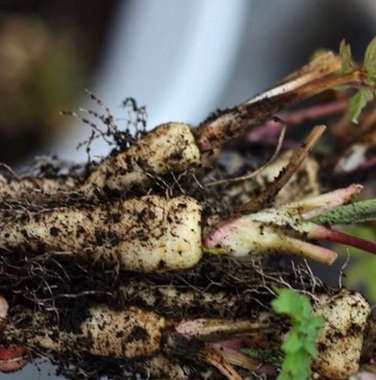

Among root vegetables, parsnip is carrot’s less flashy cousin. But Pastinaca sativa is a star in its own right, with a sweet, nutty flavor to see us through the winter.
Plant parsnips in the early spring, and harvest them after the first frost to achieve the sweetest, most delicate flavor. You can also leave them in the ground through the winter—or store them in a cool, dark spot (such as a root cellar) to keep them happy all winter.